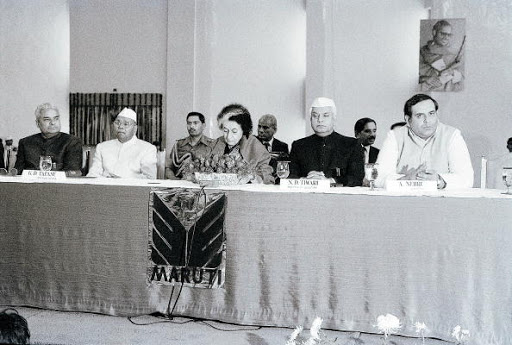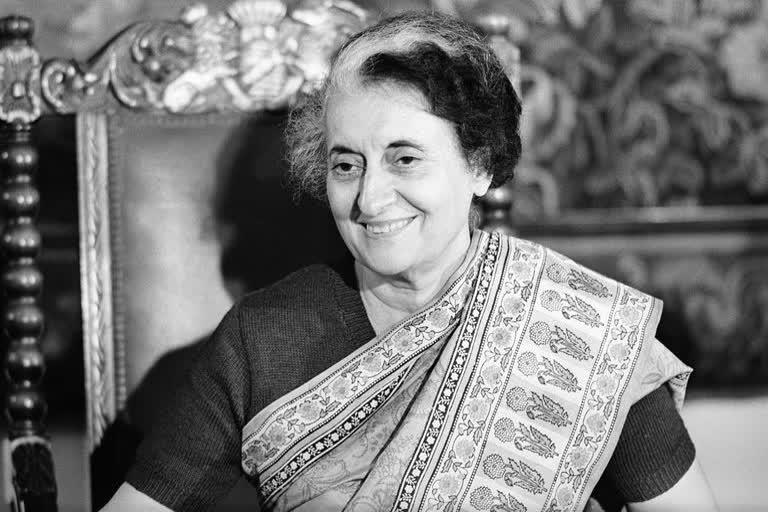New Delhi: Bank nationalisation in India has completed 50 golden years. In the year 1969, 14 major Public Sector Banks were nationalised which controlled almost 70-80% of the entire deposits.
No economic policy is independent of politics. Former Prime Minister Indra Gandhi had to nationalise 14 banks despite Morarji Desai, then Finance Minister, disapproved of this decision.

Reasons behind nationalisation:
1. The rate of collapse of banks between the years 1947-1955 were 40 a year.
2. The private banks were not ready to lend money for agricultural or industry. They only extended credit for trade. This created distress among the people who lost their hard earned money and also lost faith in the government.
Read More:Budget proposals aimed at improving ease of living: Finance Minister
Banks which got nationalised:
The banks that got nationalised included-
- Bank of Baroda
- Bank of India
- Bank of Maharashtra
- Central Bank of India
- Canara Bank
- Dena Bank
- Indian Bank
- Allahabad Bank
- Indian Overseas Bank
- Punjab National Bank
- United Bank of India
- Syndicate Bank
- UCO Bank
- Union Bank
Events that took place before bank nationalisation:
29th January 1969: Setting up of the Banking Commission by Government of India to report on (i) banking costs; ( ii) legislations affecting banking; (iii) indigenous banking; (iv) bank procedures; (v) non banking financial intermediaries.
19 July 1969: 14 major Indian Scheduled Commercial Banks with deposits of over Rs 50 crores were nationalised 'to serve better the needs of development of the economy in conformity with national policy objectives'.
Thereafter in 1980, six other banks got nationalised including Vijaya Bank, Punjab and Sind Bank, Oriental Bank of India, Andhra Bank, New Bank of India and Corporate Bank.



